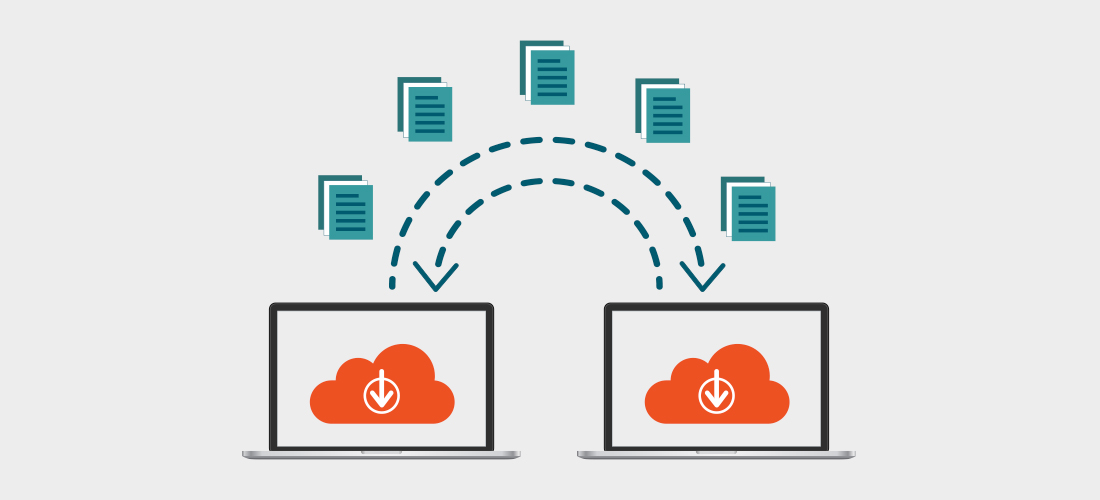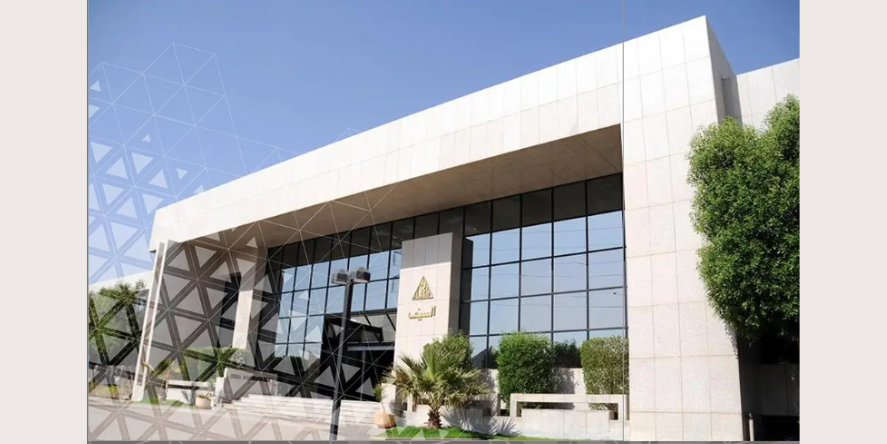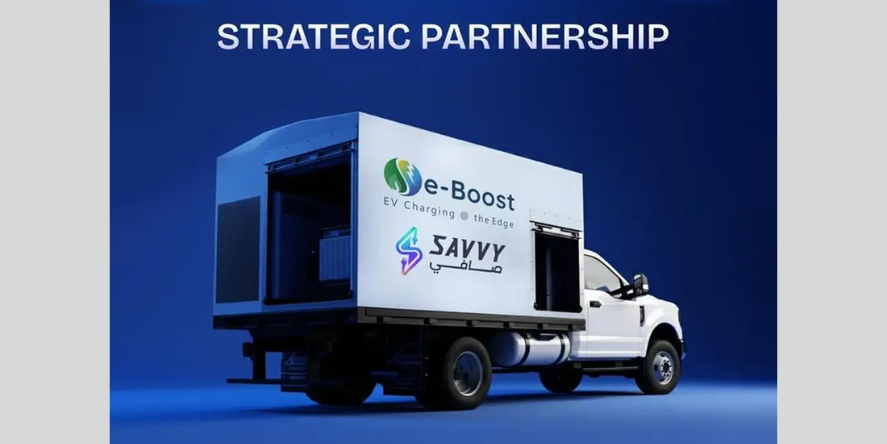Tenant to tenant migration, a term gaining increasing prominence in the world of Microsoft 365, is a crucial process for businesses looking to streamline their workflows and maximize the efficiency of their operations.
Today, when organizations rely heavily on Microsoft 365 for communication, collaboration, and data management, a seamless transition from one tenant to another can be the difference between productivity and chaos.
This blog post aims to delve deep into the intricacies of tenant-to-tenant migration, shedding light on its features, benefits, challenges, and, most importantly, how to navigate this essential process successfully.
Essentials of Tenant-to-Tenant Migration
Tenant-to-tenant migration transfers data, settings, and configurations from one Microsoft 365 tenant to another. This might be necessary due to mergers, acquisitions, restructuring, or simply the need for a more efficient setup. To grasp the concept better, consider a scenario where Company A acquires Company B, which uses separate Microsoft 365 tenants.
To create a cohesive work environment, all data, emails, and configurations from both tenants must be seamlessly transferred to a single tenant. This process ensures that the daily workflows of employees remain uninterrupted and efficient.
Benefits of Tenant-to-Tenant Migration
Streamlining your workflow through tenant-to-tenant migration offers a multitude of benefits. Firstly, it ensures data consolidation, combining all your resources under one roof. This minimizes confusion, reduces management complexity, and facilitates improved team collaboration.
For instance, if your marketing department resided in Tenant A and your sales team worked out of Tenant B, merging these tenants via migration allows for a cohesive space where both departments can collaborate seamlessly, share resources, and leverage a centralized data pool for better decision-making.
Navigating the Challenges of Tenant-to-Tenant Migration
Tenant-to-tenant migration is not without its challenges. One of the most significant hurdles is ensuring data integrity. This means that during the migration, your emails, documents, and settings must remain intact and accessible.
For example, when moving emails, you must guarantee that no crucial messages are lost in the transition. This necessitates a meticulous approach, ensuring every bit of data is accounted for.
Tools and Features for Tenant-to-Tenant Migration
To make tenant-to-tenant migration smoother, Microsoft provides tools and features that simplify the process. One such tool is the ‘Microsoft 365 Data Migration Service,’ which allows for migrating email, contacts, and calendar items from one tenant to another.
Moreover, features like ‘Active Directory synchronization’ ensure that user accounts are seamlessly transferred, and ‘Azure AD Connect’ simplifies identity management. These tools, combined with a well-thought-out migration plan, can significantly reduce the complexity of the process.
Choosing the Right Migration Method
When undertaking tenant-to-tenant migration, choosing the right method that aligns with your business needs is crucial. One common method is the ‘cutover migration,’ which is suitable for smaller organizations. This method migrates all mailbox data simultaneously, providing a clean slate for your users in the new tenant.
For larger organizations, ‘staged migration’ or ‘hybrid deployment’ may be more appropriate, allowing for a phased approach, which can be less disruptive to daily operations.
Streamlining Your Workflow with Automation
Automation is the key to streamlining your workflow during tenant-to-tenant migration. Consider this: without automation, you’d need to recreate user accounts manually, migrate data, and reconfigure settings. This consumes a significant amount of time and increases the risk of human error.
Automation tools and scripts can handle these tasks efficiently, reducing downtime and ensuring a smooth transition.
Data Backup and Security Considerations
Amid tenant-to-tenant migration, data backup and security should be at the forefront of your concerns. Having a data backup before the migration process begins is essential to prevent data loss.
Additionally, it would help if you implemented security measures to safeguard your sensitive information during the transition. Encrypting data, setting up multi-factor authentication, and closely monitoring the migration process are all vital steps in ensuring the security of your data.
Post-Migration Optimization
The migration itself is just the beginning. After the transition is complete, optimizing your new tenant to fully realize the benefits of streamlining your workflow is crucial.
This includes fine-tuning settings, providing user training, and monitoring the tenant for issues. Regular maintenance and updates ensure that your workflow remains efficient and productive.
Continuous Monitoring and Support
Tenant-to-tenant migration doesn’t end with data transfer. Continuous monitoring and support are vital to identify and address any issues that may arise post-migration.
Providing ongoing support to your employees and addressing their concerns promptly is essential for a smooth transition and productive workflow.
Final Words
Tenant-to-tenant migration is critical for organizations seeking to streamline their workflows and consolidate resources within Microsoft 365.
Businesses can make this transition as seamless as possible by understanding the essentials, benefits, and challenges and utilizing the right tools and methods. With proper planning, automation, and ongoing support, you can ensure that your tenant-to-tenant migration succeeds, leading to a more efficient and productive workflow in the long run.
Blog Received On Mail










